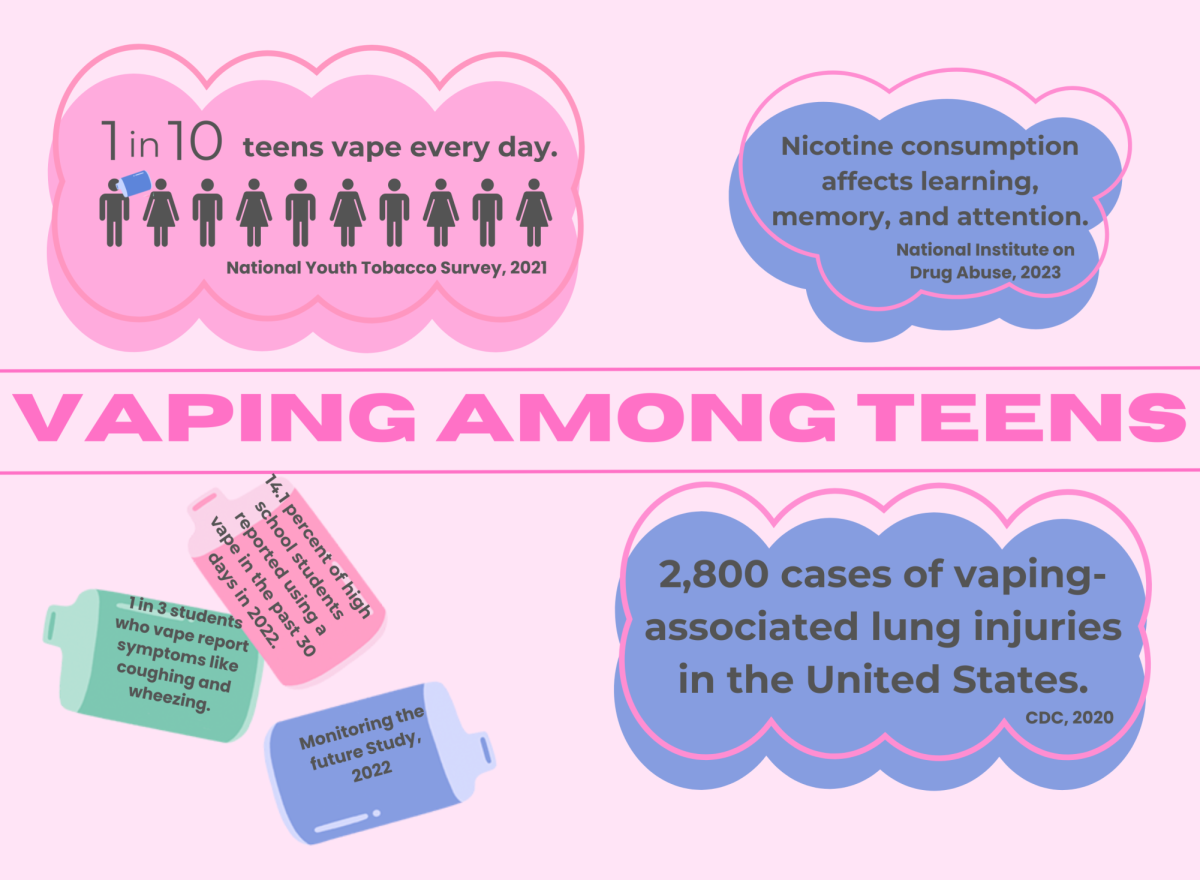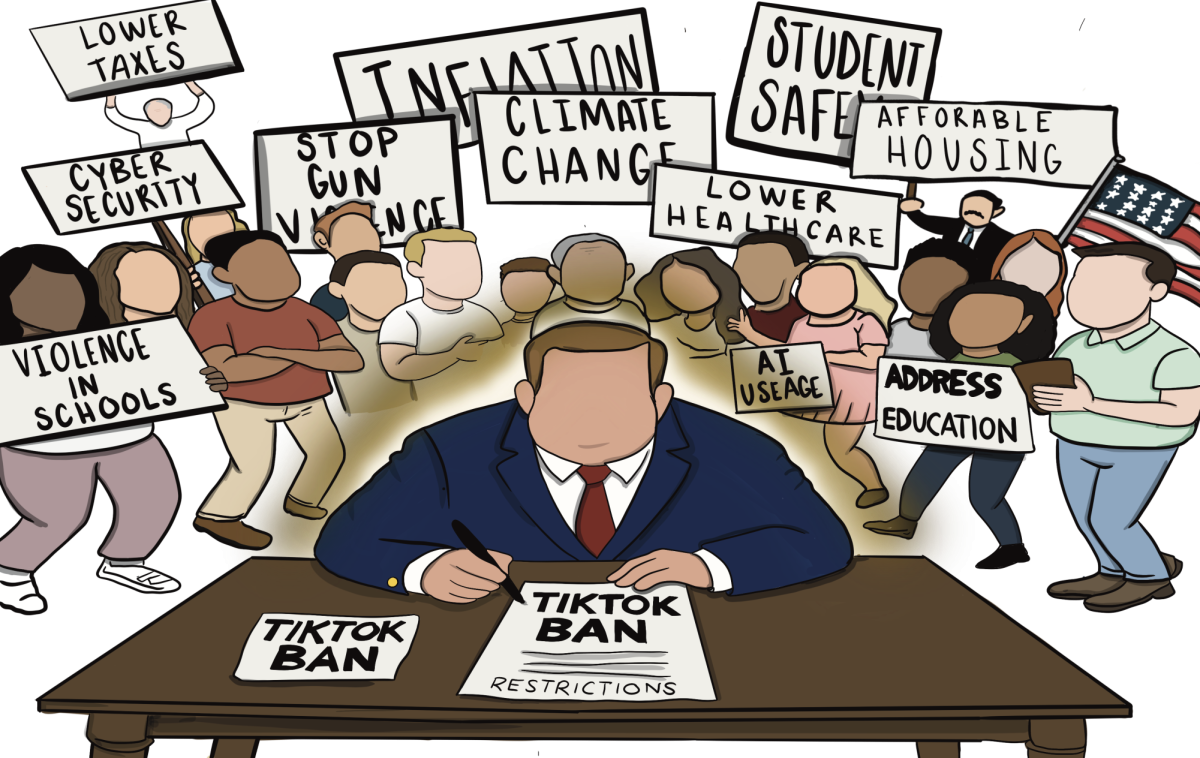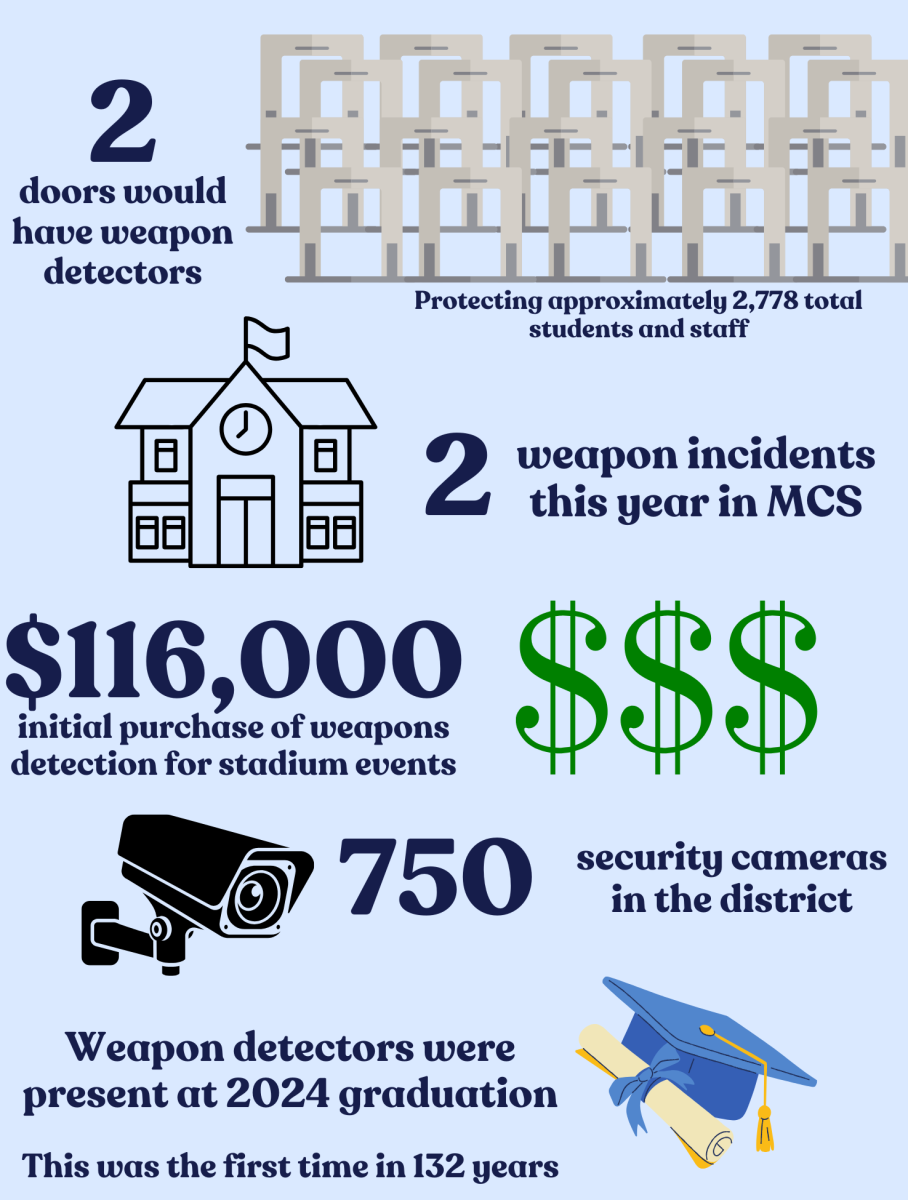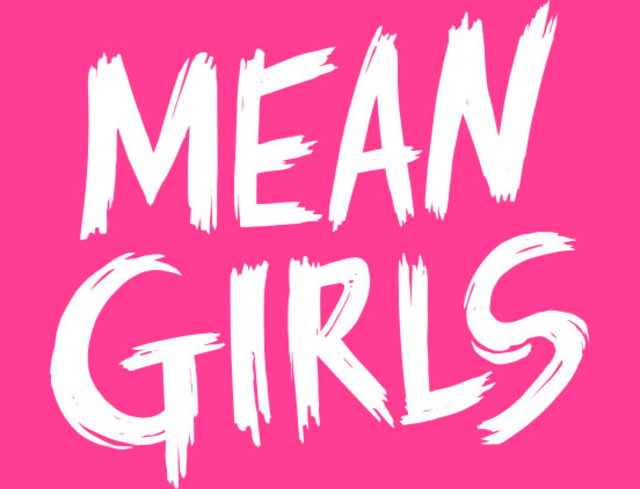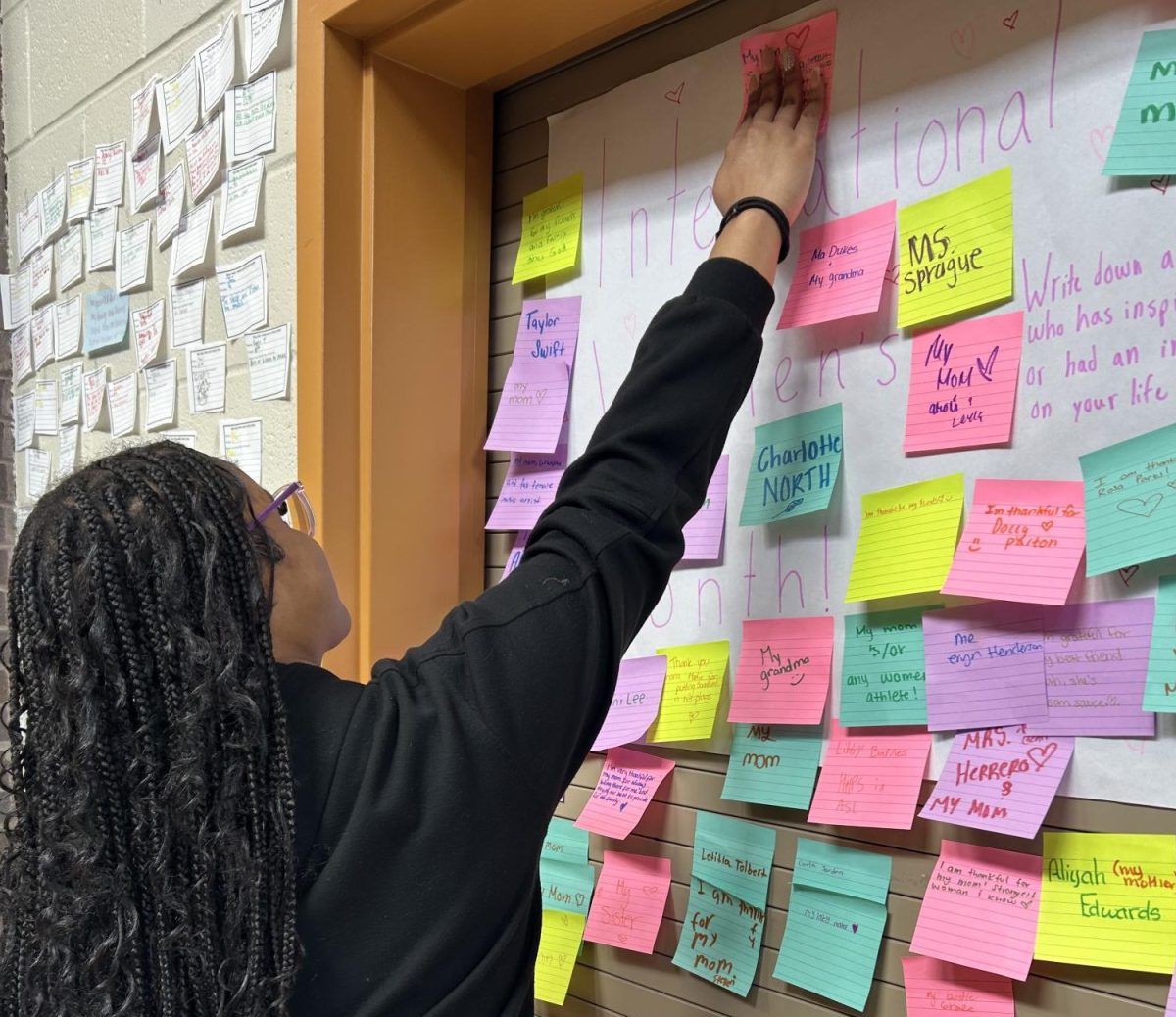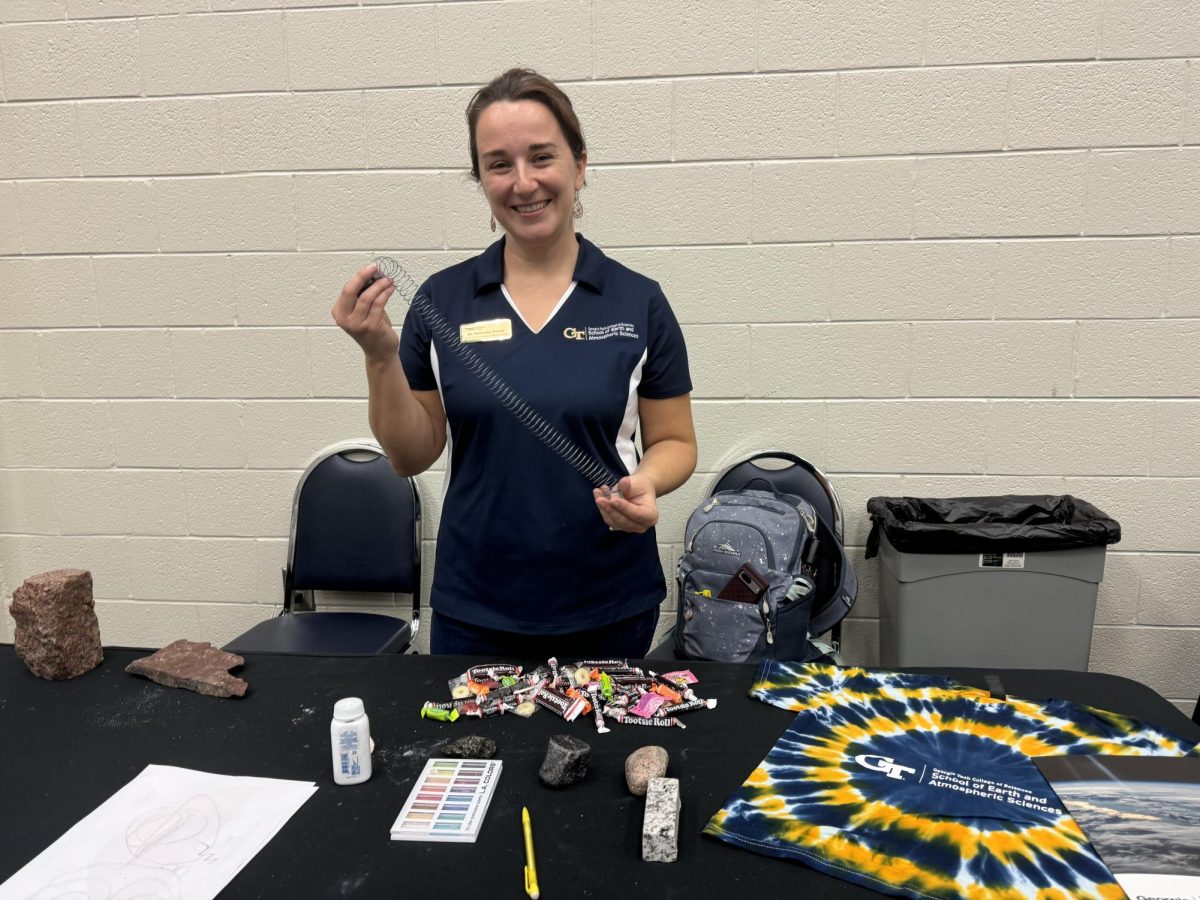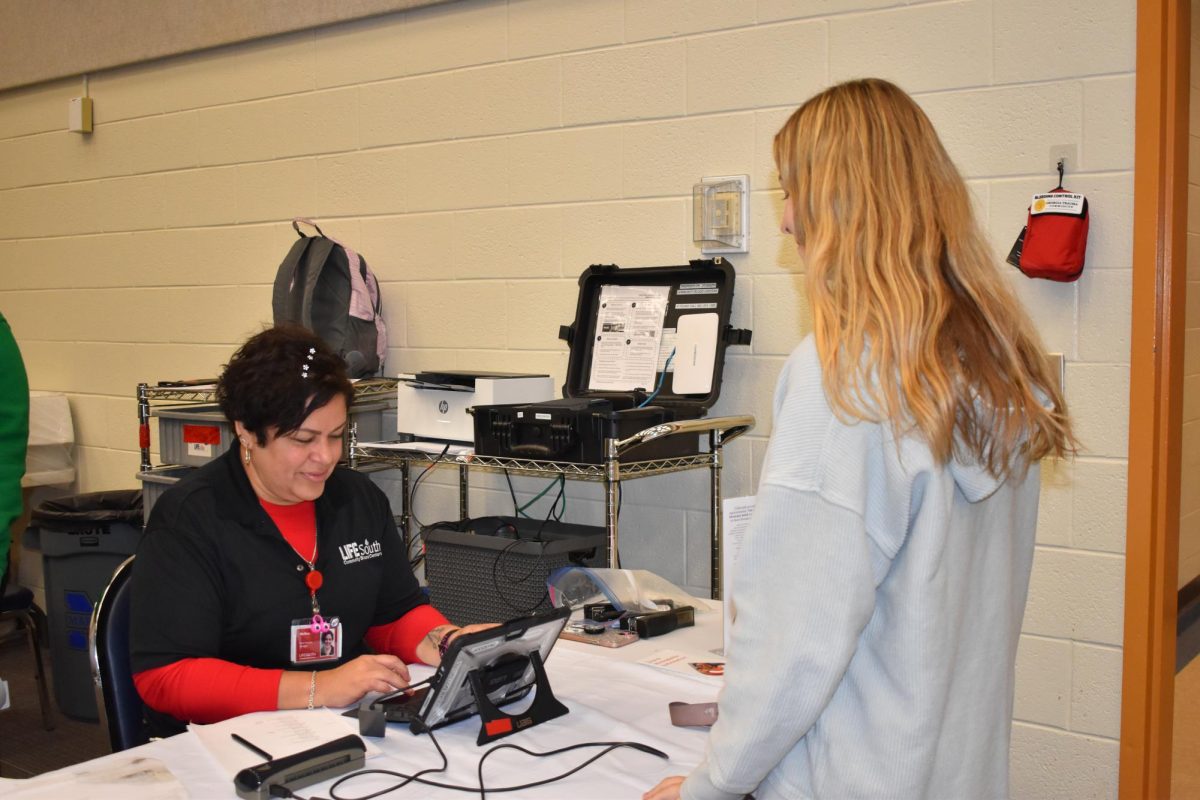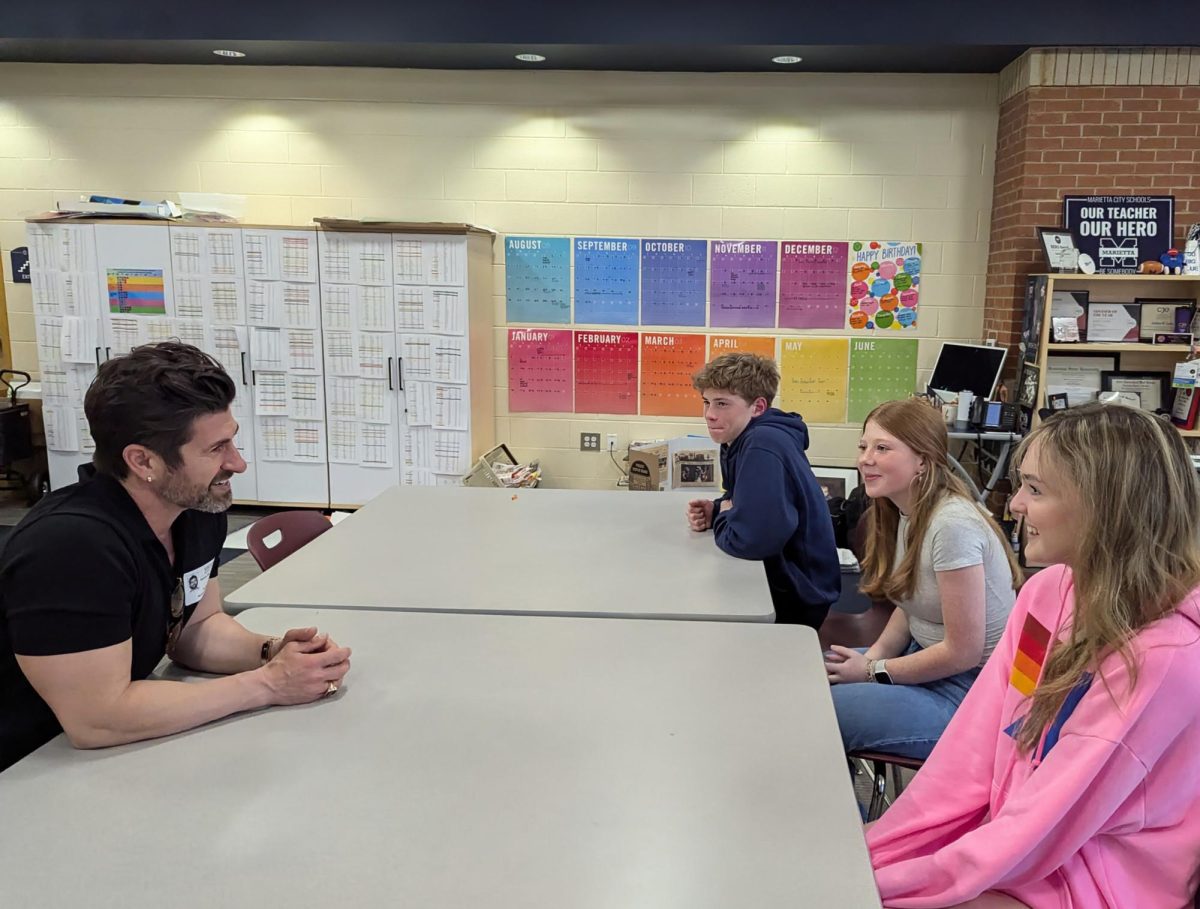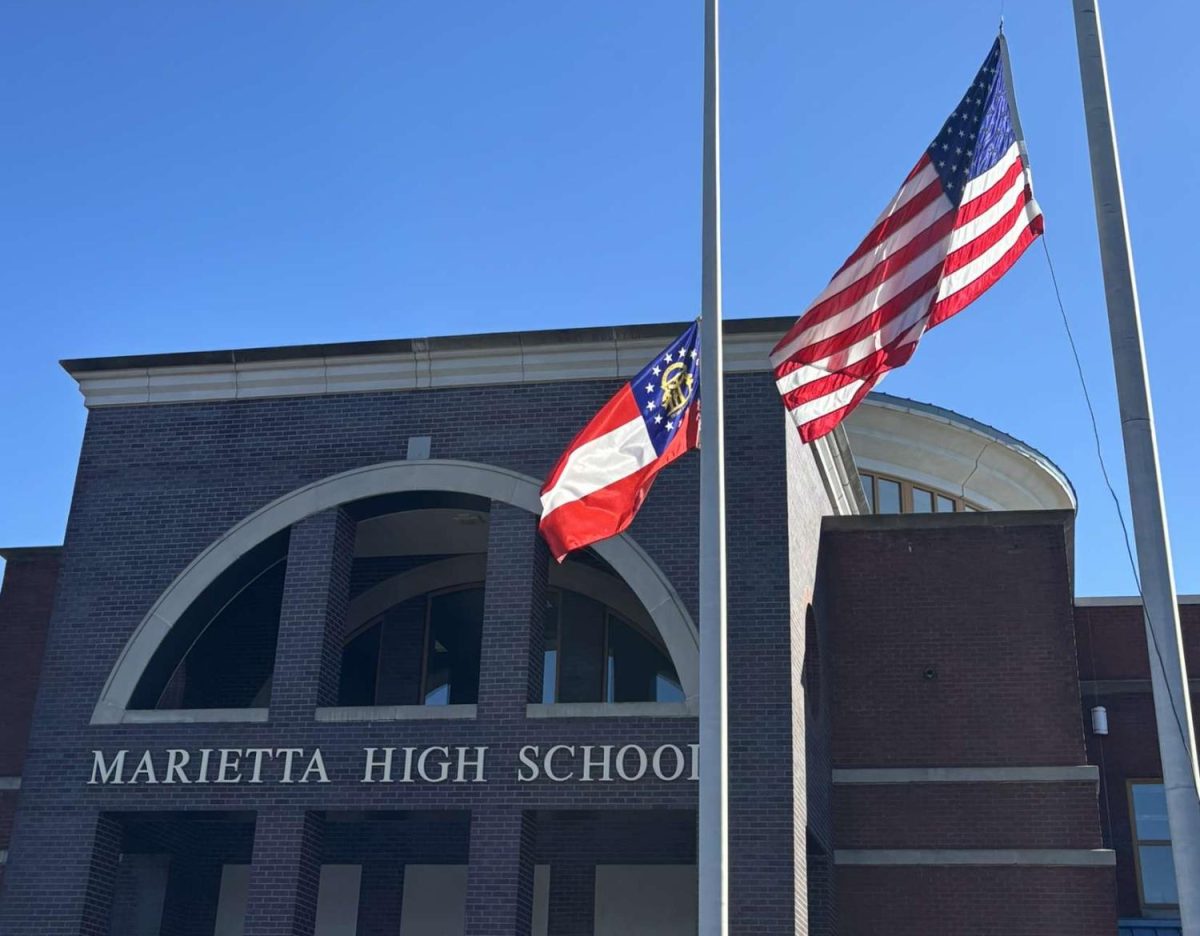What is FAFSA?
The primary step in applying to colleges is completing the FAFSA form. Though it has previously opened on Oct. 1 in previous years, it will become available on Dec. 31 for the 2024-25 school year. FAFSA, which stands for Free Application for Federal Student Aid, is essentially a large source of finances for higher education. This form also allows students to apply for grants, work-study funds, and loans that differ in amounts, depending on their eligibility. Many scholarships that are applied to college costs also require the FAFSA. Along with its new opening date, students will see changes to the criteria for aid eligibility. FAFSA’s older criteria was dependent on Expected Family Contribution and the Cost of Attendance of the school a student is attending. For the upcoming school year, FAFSA will use the Student Aid Index to estimate how much federal student aid the student qualifies for. The Student Aid Index also removes the number of family members in college from calculation.
Types of Aid
The FAFSA offers need-based grants, loans, and work-study funds. While each of these types of aid provide college funds, they differ in their conditions.
Grants
The Federal Pell Grant and Federal Supplemental Educational Opportunity Grant are the two grants that FAFSA offers for students. The Federal Pell Grant is typically awarded to all eligible undergraduate students who display extreme financial need. There is also eligibility available for those who are incarcerated and meet certain requirements. Unlike the Pell Grant, FSEOG is limited. Participating schools receive a certain amount of funds from the U.S Department of Education. After all of the funds have been awarded, there is no more availability for a FSEOG that year.
Loans
Loans are categorized into subsidized and unsubsidized loans. The amount received from subsidized loans is determined by a student’s college and it may not exceed the set amount of financial need. The U.S Department of Education pays interest on these loans. Unsubsidized loans are determined by a student’s college depending on the cost of attendance and other forms of financial aid the student will receive. The student will be responsible for paying the interest on these loans.
Work-study programs
FAFSA also offers work-study programs which provide students with job opportunities to earn money while enrolled in college. These jobs are usually geared towards community service or the student’s study of choice. The wage received will be at least minimum wage, but can increase depending on the skill sets required. Other factors, such as date of application and the level of funding a student’s college provides will also determine how much a student is able to make in this program. Similar to other forms of aid, the work-study program is based on financial need.
Where to learn more
The official Federal Student Aid provides detailed information about when, where, and how to apply for financial aid. Students can also gather more information through events at Marietta High School. On every second Tuesday of the month, college advising sessions are held to discuss topics pertaining to college readiness. Students can also register for FAFSA Support on Wednesdays, where they will be assisted in completing their FAFSA form, start to finish.


